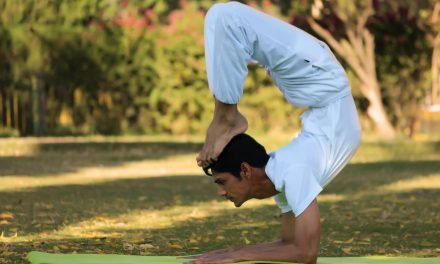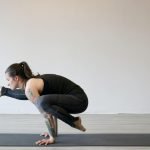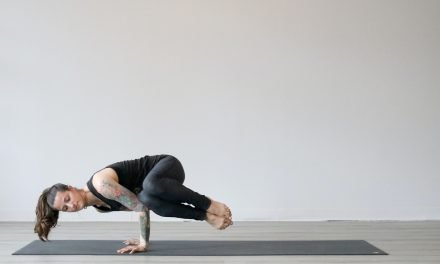
What Actually Is Yoga Nidra?

This is also no wonder: in the West, many people associate yoga with practicing asanas. In a classic yoga class, there is often a short meditative element, and sometimes one or the other yogic breathing exercise is also integrated. Yoga Nidra is slightly different: the yoga discipline focuses on a state between meditation and sleep.
What Defines Nidra Yoga?
Translated, the Sanskrit term “Yoga-Nidra” roughly means “Yoga of Sleep”. It is not about asanas, breathing exercises or meditation, but about reaching a state between sleep and meditation. Most of the time, the practitioners are lying or sitting. This yoga technique comes from the tantric tradition.
The aim of deep relaxation is to create access to deeper layers of consciousness. This should make it possible to completely relax mentally, emotionally, and physically. The teachings of Swami Satyananda Saraswati can be identified as an important influence.
Who Was Swami Satyananda Saraswati?
Swami Saraswati (1923-2009) was the founder of the “Bihar School of Yoga” in 1964. This dealt with the research of yogic traditions.
According to Saraswati, six great yoga traditions have been groundbreaking: Hatha Yoga, Raja Yoga, and Kriya Yoga represent the outer yoga paths. They deal primarily with physical-mental exercises. The aim is to dissolve our conditioning and develop a personality. Swami Saraswati sees karma yoga, bhakti yoga, and jnana yoga as inner yoga paths. They strive for a more positive and creative lifestyle.
The relaxation method of Nidra Yoga was derived from Raja Yoga. The yoga method influenced by Saraswati offers itself as a stress relief exercise. It could be integrated into the treatment of burnout patients. In addition, this method of deep relaxation as an accompanying therapy could help heal illnesses.
How Does a Yoga Nidra Classwork in the Yoga Studio?
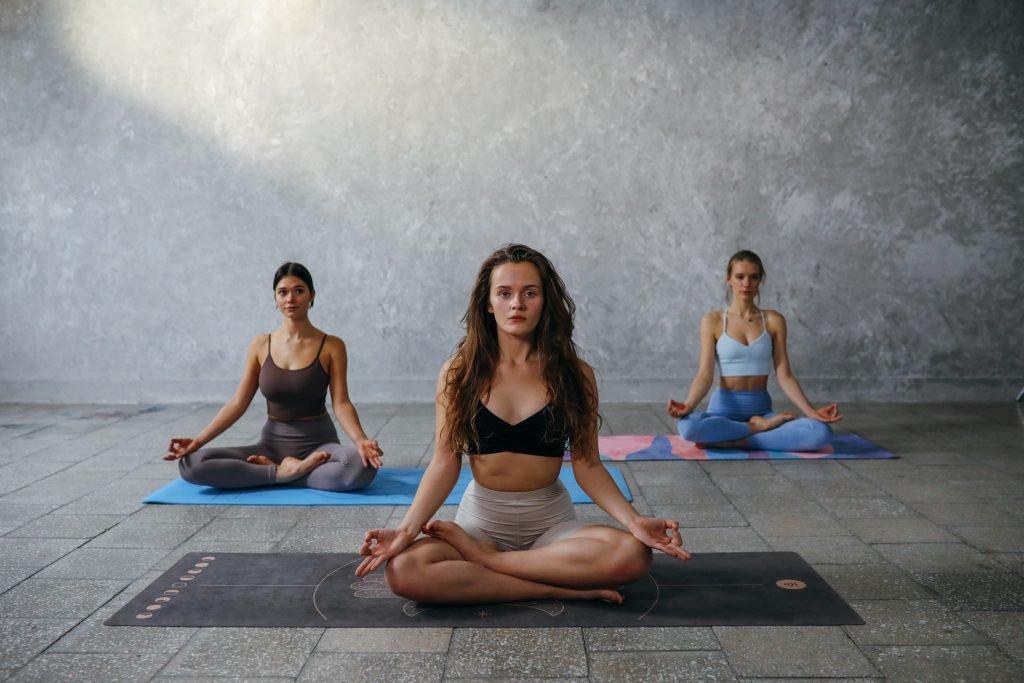
The teachings of Swami Satyananda Saraswati were the basis for the development of Yoga Nidra. Satyananda referred to old tantric sources. His goal was to give stressed people a means against the increasing overstimulation through deep relaxation. Yoga Nidra students should learn to put themselves in a receptive state of mind without any effort. He saw this as a prerequisite for deep relaxation and a focus on the inside.
In Yoga Nidra, the student first assumes a lying or a relaxed sitting position. The lying position is known as “Shavasana”. Those who prefer to sit can take the cross-legged seat, the heel seat, or an upright position on a chair.
In this position, the practitioner first consciously concentrates on the perception of his environment. Then the focus is shifted to the inside. If the practitioner is practicing alone, he is now dealing with an affirmation. This has a life goal as its content that the practitioner would like to realize.

Then the person lying or sitting down embarks on a mental journey into the interior of his body. He consciously perceives his body parts, his organs, and the ground on which he lies. Through this silent journey, the body can let go of all tension and cramps.
He is aware of feelings such as joy, worrying brooding, or physical pain & feels his breath. He perceives their way through the respiratory organs, and consciously feels cold or warmth, tension or relaxation. The practitioner becomes aware of his sensations and feelings during the exercise. Meanwhile, the brain tries to create a harmonious balance between the inside and the outside. The brain’s endeavors are aimed at being comfortable.
At the end of the exercise, the affirmation is repeated. Practitioners consciously bring themselves back to the here and now. The sacred “OM” is repeated three times at the end of the reclining meditation.
The Goals of Nidra Yoga
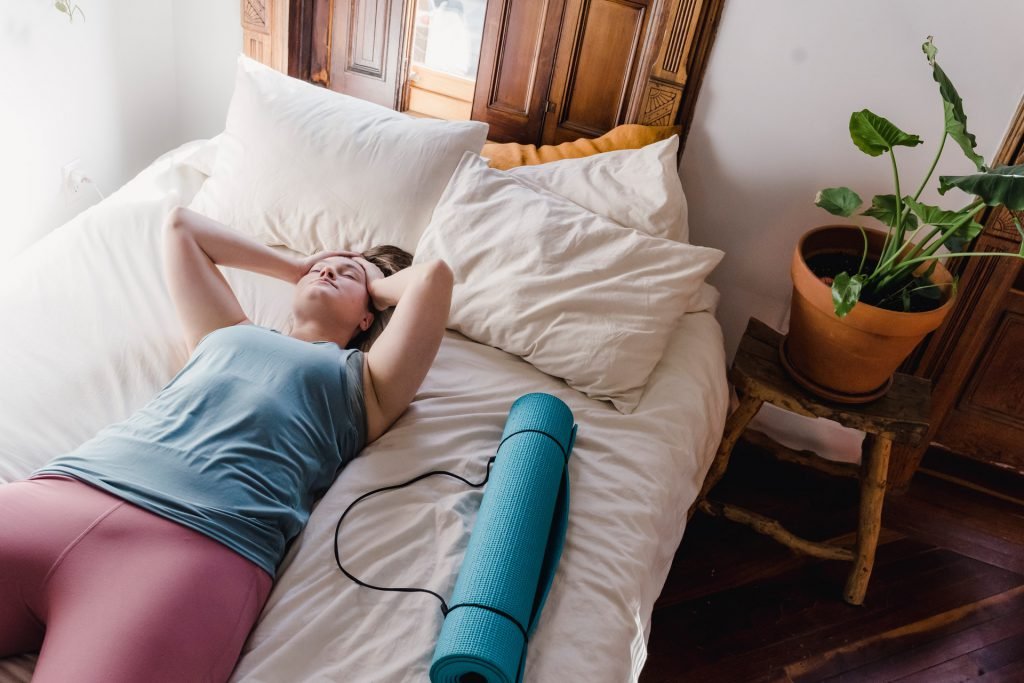
One of the goals of Nidra Yoga is to enable the practitioner to perceive himself differently. Swami Satyananda Saraswati recognized early on that we live in an increasingly hectic and overstimulated time. Many people let themselves be absorbed by everything that happens around them. They are subject to external stimuli. You enter a sea of media floods. They lose their center through the demands of modernity.
With the exercises of Nidra Yoga, practitioners can withdraw into themselves at any time. If the body and mind are in a meditative, relaxed, and receptive state, the practitioner can recover from daily stress. The person affected can focus more on their own goals. He can keep everything that stresses him at a better distance. The practice of Nidra Yoga enables him to go to work refreshed and concentrated. In doing so, he does not lose sight of his own goals through the internalized affirmation.

In addition to researching yoga traditions, Nidra Yoga is considered to be Swami Saraswati’s most important contribution to yoga. His yoga practice, borrowed from Tantra, is seen as a “dynamic form of sleep”. The relaxed state that can be achieved with it creates access to the inside. The stressed person perceives his feelings and his physical tension. He becomes aware of his mental, emotional and spiritual needs.
Positive Effects and Advantages
Deep relaxation at any time and in any place sounds very good as a goal. If you are just starting out with Yoga Nidra, you will of course have a long way to go before you can fully relax.

Fortunately, Yoga Nidra also has a lot of positive effects that practitioners can usually feel after just a few units, for example:
- less irritability
- improved stress resilience
- better mental receptivity
- deeper sleep
- improved ability to concentrate
- inner peace
- and physical well-being
The release of stress hormones is lower with regular exercise. The immune system can work more stably.
That is why Yoga Nidra is said to be able to support the healing of various diseases. So all in all a yoga direction that you should try out. 🙂
Learning Yoga Nidra in the Studio or at Home?
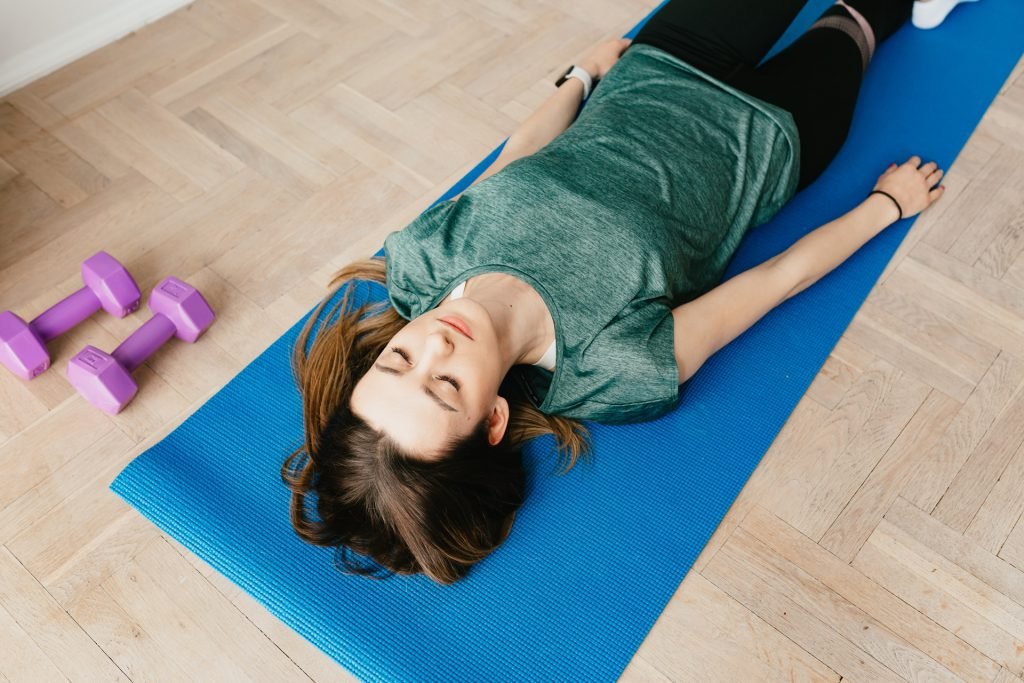
When I first heard of Yoga Nidra myself, my first reaction, honestly, was, “Should I really pay money to just lie around for an hour?” – so I started the exercises personally at home and orientated myself on the instructions from the net.
As with any other yoga discipline, my personal conclusion is: You can do it without a teacher, but it may work better with the right teacher.
If you want to practice at home first, I would like to give you a few tips on the way:
- In the beginning, practice sitting down. When lying down, the risk of falling asleep is very high.
- In the beginning, find a quiet place to practice where you will not be disturbed.
- Don’t be too strict with yourself if you do fall asleep during the first few units – Yoga Nidra can be very relaxing.
- Whether you can practice better with or without guidance depends very much on your personal type. So it’s best to try both.


